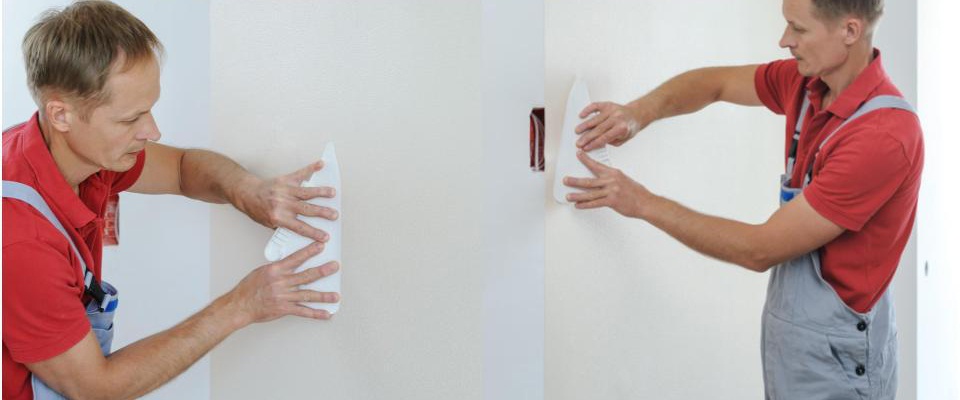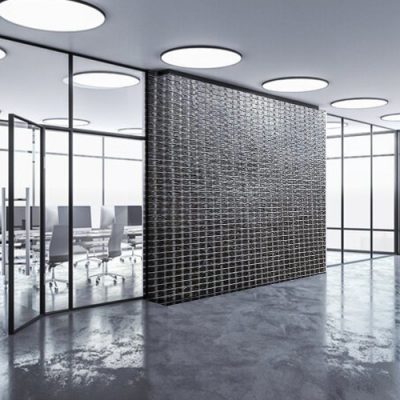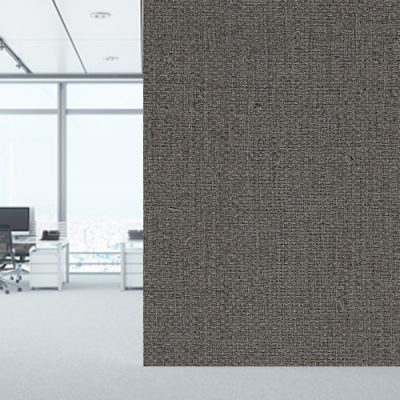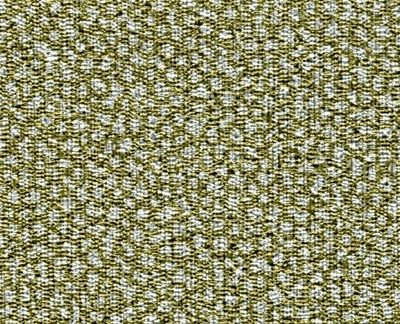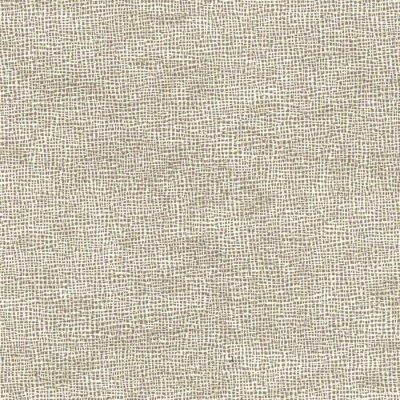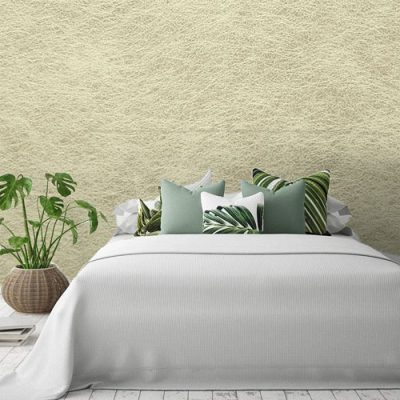The guidelines provided will support the long term performance of commercial wall coverings, and related products. Locations in buildings such as corridors receive significant impact to the wall surface from daily traffic. A professional commercial wall coverings installer enables long term performance of the product , sometimes for more than ten years. The best way to contact a professional commercial wall coverings installer is to visit the wall covering installers association website, or ask your local Benjamin Moore paint dealer for reputable contractors.
An effective commercial wall covering installer should meet or exceed building requirements, and visit the jobsite to note the following:
-
Areas in renovation may overlap to occupied areas.
-
Evaluate, and protect all surrounding surfaces.
-
Clear caution markings installed prior to commencing.
-
Implement a people traffic management plan before the first sheet gets installed.
-
The commercial wall coverings installer should inspect the scaffold, ladder, or any elevating device for their approval, prior to commencing.
-
Video links are provided at the end of this blog for DIY tips on installing commercial wall coverings.
Commercial wall coverings delivery tips:
-
Examine the actual product delivery to assure that pattern, color, and quantity is as ordered.
-
Organize job-site placement in roll number sequence.
-
Product deliveries made in cold weather should allow 3 days-5 days for interior temperature acclimation to about 60 degrees fahrenheit.
-
Be sure too install commercial wall coverings starting from the lowest roll number, to the highest, consecutively.
-
Number and book each sheet as it comes off the roll, in reverse panel, or straight panel patterns.
-
Install the first 3-5 sheets for approval to commence from ownership, which is a good practice to insure seam concealment, and overall look.
Commercial Wall coverings Adhesives tips:
-
A Clear heavy duty type adhesive is usually best.
-
Clay based adhesives are sometimes an approved equal, but may damage the wall covering surface upon contact.
-
A latex clear protective coating which protects the wall covering surface, may not be designed for aggressive glue removal.
-
A commercial wall coverings installer should take good care, and not contaminate the wall covering surface with adhesive.
-
Apply glue generously to the back of the wall covering at a 1/8” thickness overall.
-
Keep the back seam edges dry, or blue tape 1”-2” in for a clean overlap when double cutting for seam concealment.
Wall preparation tips prior to installing commercial wall coverings:
-
Surfaces to receive commercial wall coverings must be clean, smooth, dry and structurally sound.
-
Loose material must be removed and prepared to a smooth clean freshly primed surface.
-
Fill in all indentations and smooth down all bumpy surface conditions.
-
Remove any existing mildew from walls prior to installation of new wall covering.
-
Prime walls with appropriate primers to seal a new fresh surface to receive wall covering.
-
Use a pencil to mark any wall covering or wall surface, pencil will not bleed through the surface.
-
Use of ink based markers, and pens are prohibited, and should be spot primed prior to installing.
-
Walls should have less than 5% contained moisture saturation prior to installation.
Reversible commercial wall coverings pattern tips:
After the first sheet is installed, every other strip should be reversed (hang top to bottom and on the next strip reverse bottom to top) to insure color uniformity. Headers over doors, and panels can cause unsatisfactory shading if installed out of sequence.
Wall covering seam concealment tips:
-
Overlapping seams by 1-2 inches is the double-cut method which is usually better for seam concealment.
-
Check for pattern repeat measurement.
-
Use a metal straight edge, and place it in between the overlap.
-
Cut through the overlapping wall covering.
-
Do not “score” the substrate beneath, when double cutting the new wall covering seam.
-
Abutted seams are another method, and installer should pre-trim edges prior to installation.
-
Start the first panel using a level for a plumb start line.
-
Layout panels starting from the middle.
-
Install next panel from left or right, avoiding seams that land on an outside corner.
-
Layout seams 6” away from inside corners for a uniform pattern repeat.
Commercial wall coverings tips to know
-
Maintain 60F in both areas of installation and storage.
-
Permanent lighting should be in place for installation.
-
Temporary lighting may alter the overall appearance, depending on the wall coverings patterns texture.
-
After applying three to five strips of wall covering, obtain customer satisfaction to proceed.
-
Consult manufacturer for non-standard conditions and challenges.
Applying new commercial wall coverings over existing wall covering is a no no:
-
Installing new wall covering over existing wall covering is usually prohibited, and will void all fire ratings.
-
Existing wall covering should be removed.
-
Installing over existing wall covering can also void a manufacturers warranty.
-
Installing anything over a previously painted Wall covering is also not recommended.

